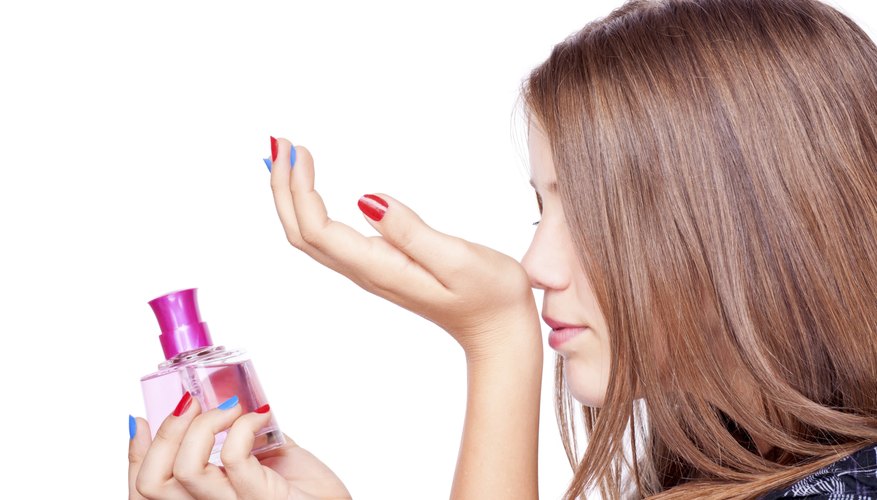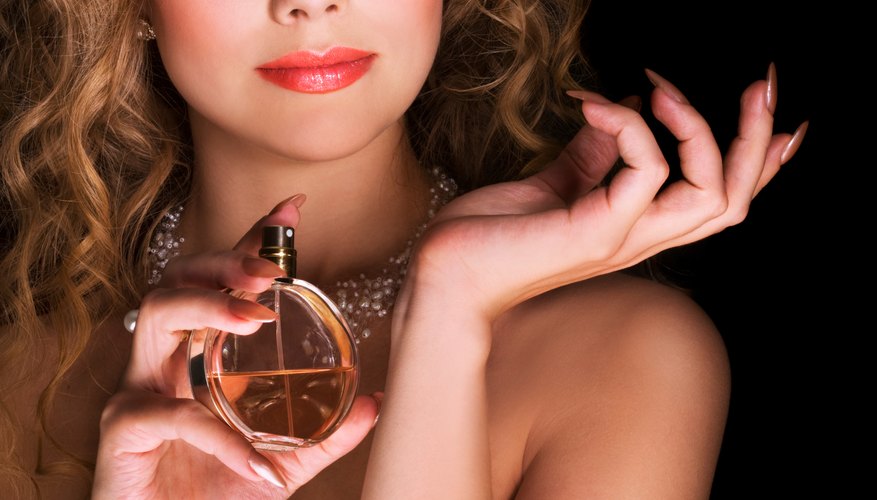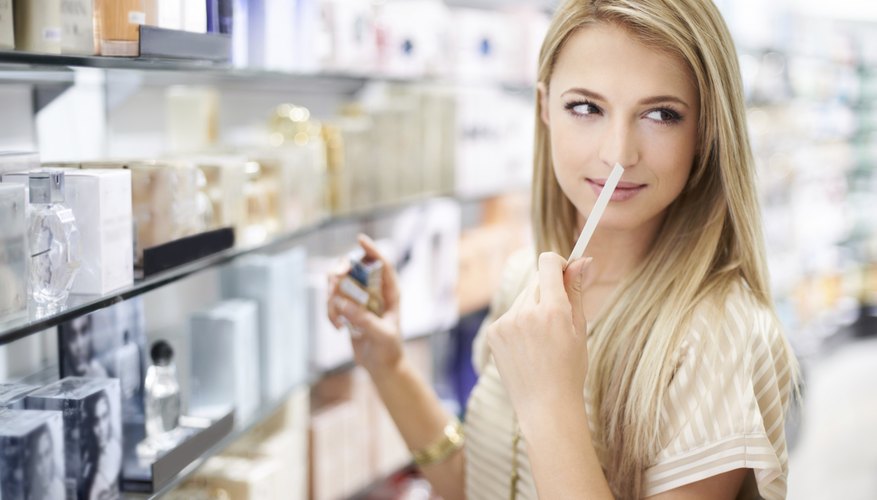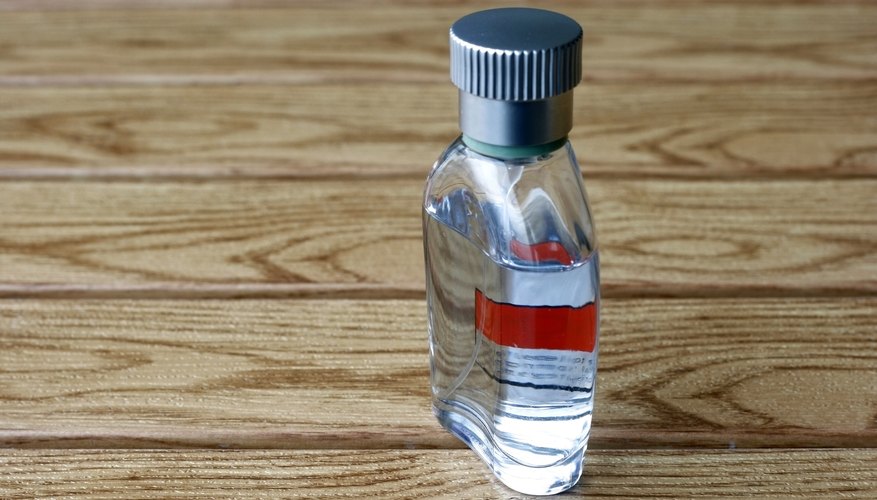How to Design an Ad About Perfume
How to Design an Ad About Perfume
Investigate why people buy perfume. According to the Perfumes and SeeCosmetics websites, people may buy perfume to attract a mate, mask body odor and alter mood. They also may purchase perfume because the perfume has a certain elite status or is associated with a celebrity. Religious rites also utilize perfume. Figure out which purpose the perfume fills best.
Look at what makes your perfume different from other perfumes on the market. For example, perhaps it has a precious ingredient or has a trait such as longevity on which you can capitalize in the ad.
Create an image to use in the ad. Traditionally, this usually is a picture of the perfume bottle. However, you also can use the results from Steps 1 and 2 to get an image of what the perfume "says." For instance, if your perfume is supposed to mimic natural pheromones to attract a partner, you might have a photographer take a picture of two people in a sensuous embrace, with the perfume name prominent as a caption.
Generate a list of qualities the perfume has. The list should be adjectives. For example, a list for a perfume for men might include words like "woodsy" or "spicy" to describe the odor.
Use your list from Step 4 to generate a second list of phrases using the adjectives. For example, you might write something like "A spicy, tropical cologne for the adventurous man." Note that the phrases should capture and describe the intended market niche for the perfume in some way. Try to incorporate the facts from Step 2 in the phrases.
Consider the space or time you have for your ad. If you have very limited space or time, minimize the amount of text, images and speech the customer will see.
Decide on the layout for the ad. Text usually goes on the top or bottom of an ad, but depending on the image and space you have, you may want to put text in a corner or on the side. Keep the text and image overlap minimized so that the text doesn't detract from the image and vise versa.
Look at the color of the perfume. Make sure the background and text for the advertisement do not clash with this color.
Ask yourself whether the advertisement lends itself well to variations that you can use throughout the life cycle of the product. You will want your customers to become associated with the concept behind the perfume, not a single ad. This way, they will buy the perfume over time even if the original advertisement no longer circulates.
Perfume Market Analysis
A 2009 "New York Times" article estimates the perfume industry rakes in annual sales at an astounding $25 to $30 billion. The article states that 83 percent of women wear perfume occasionally and 36 percent wear fragrance every day. This powerhouse industry owes its success to extensive marketing, high profit margins and careful customer targeting.
Profit Margin

Making perfume is a process that requires inexpensive, often lab-grown ingredients and little overhead. One reason why so many unrelated companies gravitate toward the fragrance industry is because of the high profit margins associated with it. A "Daily Mail" article in the UK explains the selling price of perfume affords the company 95 percent profit, with only three percent of the cost going toward actual production and ingredients. Thus, Abercrombie & Fitch, Gap and Burberry are just a few companies that expanded their product line to include perfume as means of boosting their sales.
Marketing and Brand Recognition

One of the strongest selling points of perfume is its brand name. Consumers unable to afford a pair of Armani shoes or a Burberry handbag might buy the company’s perfume to gain the same sense of satisfaction. Brand names are often bolstered by celebrity representation as well. Sarah Jessica Parker, Mariah Carey, Britney Spears and Sean Puffy Combs are just a few of the stars with their own line of fragrance. Constance Classen, David Howes and Anthony Synnott, authors of “Aroma: The Cultural History of Smell,” state that visual imagery is another integral part of perfume marketing. Advertisers try encapsulating the smell of perfume with olfactory-related images including flowers and landscapes. The shape of the bottle is another selling point of perfume.
Consumer Preferences

Consumer preferences are another component of a perfume marketing analysis. Companies target which groups of consumers are most attracted to certain scents. For instance, an older demographic might prefer a musk scent that incorporates richer fragrances of sandalwood and jasmine, whereas teenagers might opt for lighter fragrances that rely on citrus and florals. An eco-conscious company that sells vegan bath products might design a perfume for its customers with no animal testing or synthetic chemicals as part of its strategy.
Trends

One trend in the perfume market is customization. Several companies offer customers the choice to make their own fragrance based on their desired smells or even based on personality traits. This trend in the perfume market places less control with the companies and gives more flexibility to the consumer. Another trend of the past two decades is giving more fragrance selections to men. Jennifer Craik, author of the book “The Face of Fashion,” explains that the male market niche uses the advertising technique of literalism: Perfume names for men include L’Homme and Pour Lui. Men’s perfume includes fewer floral scents and uses more herbal scents. The bottles for male fragrances are much less curvaceous and tend to incorporate chunkier tops and boxier bottles.

Comments
Post a Comment